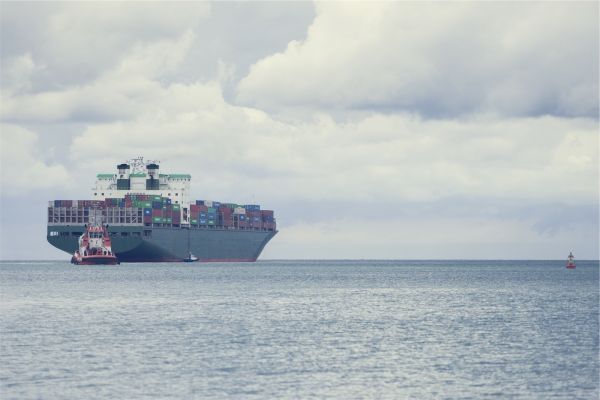Shipping Permeable Brick Machinery from Guangzhou/Shenzhen to Ottawa, Ontario, Canada: A Comprehensive Overview
1. Shipping Routes and Transit Time
The shipment of permeable brick machinery from Guangzhou or Shenzhen to Ottawa involves sea freight to a major Canadian port, followed by inland transportation. The most commonly used port for shipping to Ottawa is the Port of Montreal, located approximately 200 kilometers from the city, as Ottawa itself does not have a seaport.
Full Container Load (FCL): For large, heavy machinery shipments, FCL is the most efficient method. The machinery is packed into either a 20-foot (20FT) or 40-foot (40FT) container, depending on the size and quantity of the equipment.
Less than Container Load (LCL): If the shipment volume is smaller or less urgent, LCL is a more cost-effective option. This method involves consolidating goods from multiple customers into one container, which means sharing container space.

2. Shipping Terms: CIF (Cost, Insurance, and Freight)
The CIF shipping term indicates that the seller covers the cost of shipping, insurance, and freight charges up to the destination port. In this case, the cost is covered from the ports of Guangzhou or Shenzhen to the Port of Montreal. The buyer is responsible for any additional costs incurred once the goods arrive at the Canadian port, such as customs duties, taxes, and inland transportation to Ottawa.
3. Transit Time: 25 Days
On average, the sea journey from Guangzhou/Shenzhen to Montreal takes about 25 days, depending on the specific shipping route and weather conditions. After arrival at the Port of Montreal, customs clearance is necessary, followed by delivery to Ottawa via truck or rail.

4. Packaging for Permeable Brick Machinery
Packaging is crucial for protecting the machinery during the long transit journey. The proper packaging ensures that the permeable brick machinery is secure, protected from damage, and compliant with international shipping standards.
Wooden Crates or Pallets: To ensure the machinery is stable and secure during shipping, it’s typically packed in custom-made wooden crates or placed on heavy-duty pallets. These crates help protect the equipment from damage caused by vibration, humidity, or impact during handling.
Shrink Wrap or Stretch Film: For smaller, non-sensitive parts of the machinery, shrink wrapping or stretch film is applied to keep the items secure and provide additional protection from dust, moisture, and scratches.
Plastic or Foam Padding: Fragile or sensitive components of the machinery should be wrapped in foam padding, bubble wrap, or plastic sheets to protect them from shocks or scratches.
Steel Strapping: To secure the machinery inside the container, heavy-duty steel strapping is used. This ensures that the load is stable and prevents any movement inside the container during the journey.
Sealing and Labeling: All packages should be clearly labeled with the contents, handling instructions, and destination address. Seals and markings are important for customs clearance and for ensuring proper handling at every step of the shipping process.



